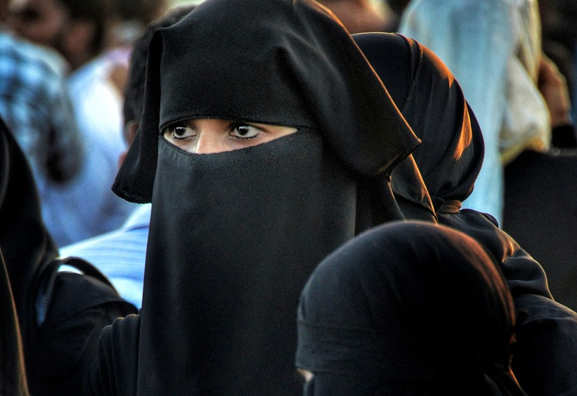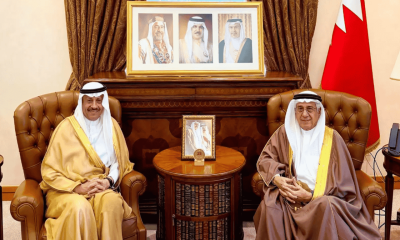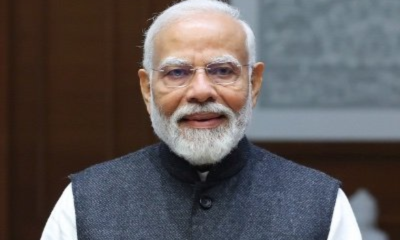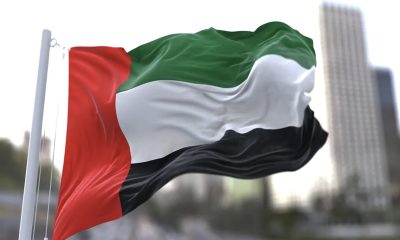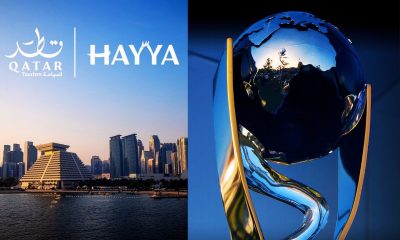Islam is one of the largest religions globally. Nearly 1.9 billion Muslims on the planet are spread across several countries, including Saudi Arabia, Indonesia, Bahrain and the UAE. But each Muslim-majority country has a unique economic landscape.
Published in TEMPO.CO, according to a universitymagazine.ca report, Qatar tops the list of the richest Muslim-majority countries across the globe. Housing about 1.7 million people, the Gulf state had a Gross Domestic Product (GDP) of around $88,919 in 2011.
Explore list of richest Muslim-majority countries
Qatar has vast reserves of natural gas, oil and petrochemicals. Kuwait also boasts crude oil reserves of about 104 million barrels and has a strong economy supported by the shipping industry and financial services. It had a GDP per capita of $54,664 in 2011.
Brunei Darussalam is the third richest Muslim-majority country. This tiny nation on the island of Borneo had a GDP per capita of $50,506 in 2010. Brunei’s riches come from its extensive oil and natural gas fields and exports of hydrogen resources and liquefied natural gas.
The UAE comes next on the list. The Gulf state had a GDP per capita of $48,222 in 2011. The Emirati economy is supported by the oil and gas industry. But the UAE has also been adopting economic diversification strategies to reduce its reliance on fossil fuels.
The UAE had a remarkable year in 2023 as its non-oil foreign trade reached $953 billion, supported by its prominent economic diversification plans despite a drop in international movement of goods and services. Tourism has been considerately helping the Emirates.
Economic diversification and climate change
Oman, Saudi Arabia and Bahrain occupy the next spots on the richest Muslim-majority countries list, in the same order, as the Gulf states note profits from their oil reserves and other resources like copper, zinc, gold, iron aluminium and construction materials.
In 2011, Oman, Saudi Arabia and Bahrain had a GDP per capita of $28,880, $24,434 and $23,690, respectively. Over the years, these countries have also been adopting diversification strategies to become less reliant on oil as climate change takes hold.
